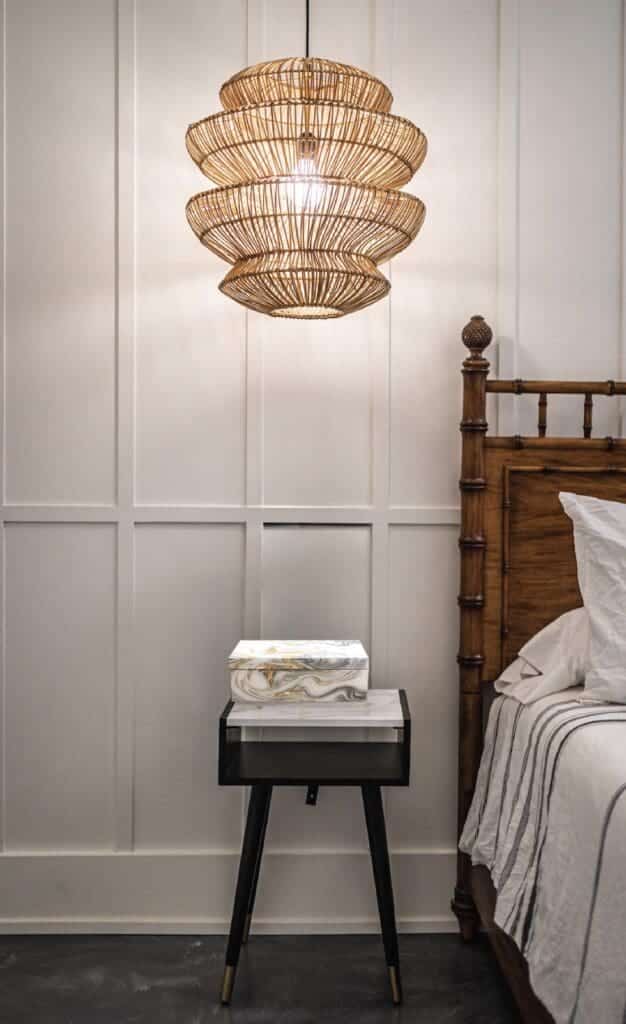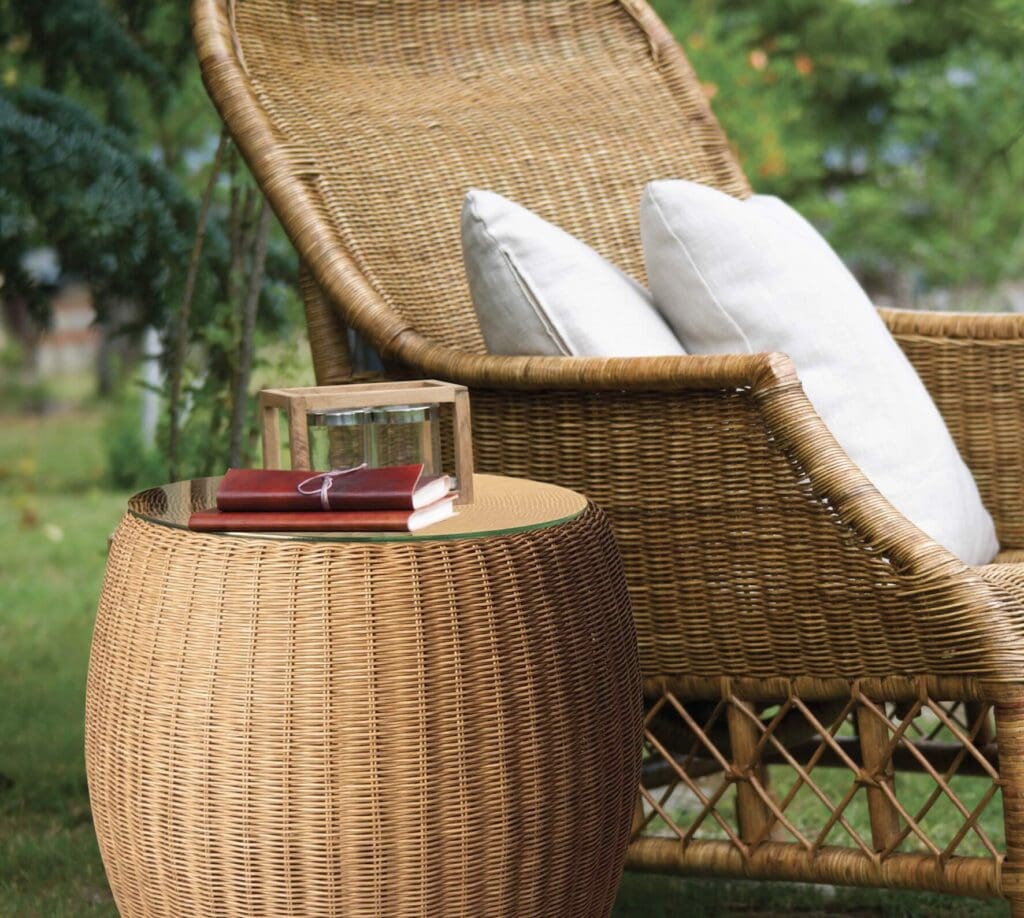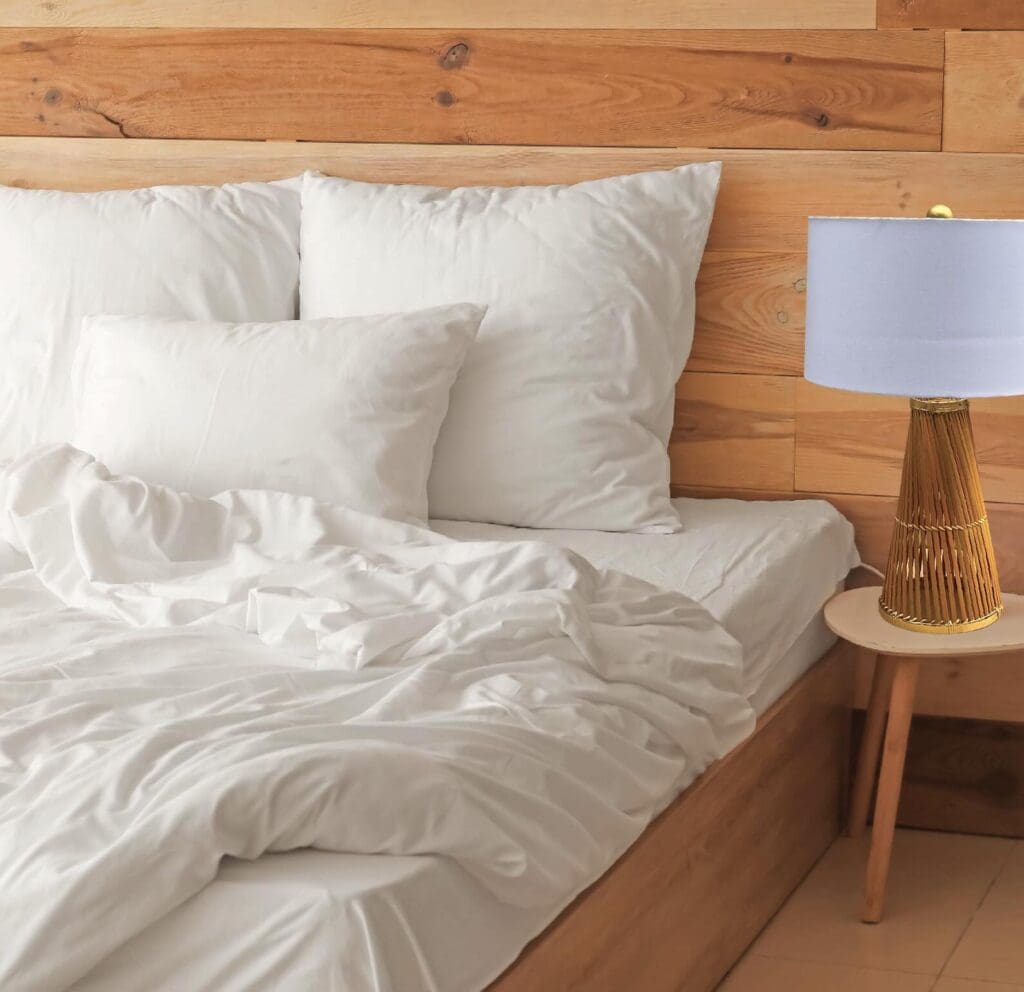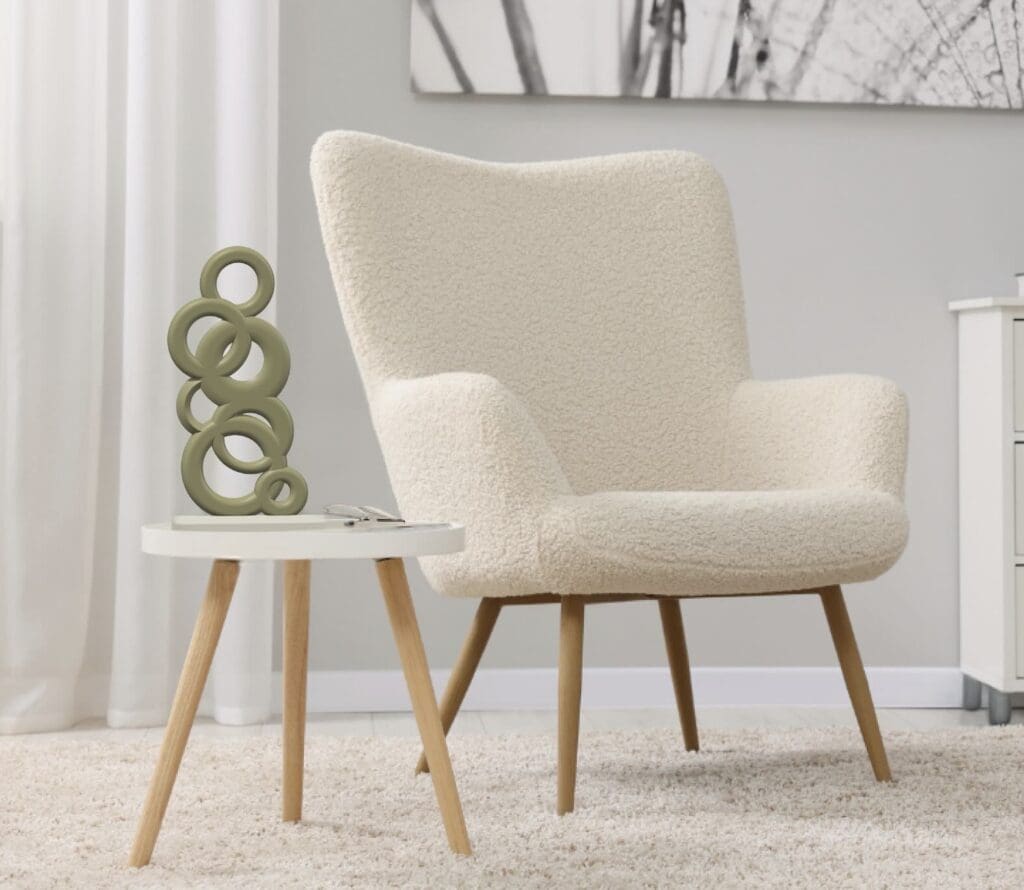In today’s world, consumers are increasingly making purchasing decisions that align with their values. Home decor design, a field traditionally dominated by aesthetic considerations, is now at the intersection of style and purpose.
Designers, brands, and consumers are embracing social responsibility, incorporating ethical practices, sustainability, and community empowerment into their creations without compromising on beauty and function. At Mondoro, we are great believers in this and believe in being socially responsible. Read on as we explore how aesthetics and social responsibility converge in home decor, offering actionable insights for designers, brands, and consumers who wish to make a positive impact without sacrificing style.
Table of Contents
- A New Era of Socially Conscious Design
- Aesthetics vs. Ethics: A False Dichotomy
- The Role of Materials in Sustainable Home Decor
- Designing for the Future: Emerging Trends
- Mondoro: Leading the Way in Socially Responsible Design
- The Beauty of Purpose-Driven Design
- Related Content
A New Era of Socially Conscious Design
Home is more than a physical space—it reflects our values, tastes, and aspirations. As global awareness of social and environmental issues grows, consumers are no longer content with beautiful decor at the expense of ethical principles. They demand products that tell a meaningful story, respect the environment, and uplift communities.
The concept of social responsibility in design isn’t new, but its integration into mainstream home decor signals a profound shift in priorities. The movement challenges the industry to balance aesthetic appeal with moral and ecological integrity.

The Foundations of Socially Responsible Design
To understand how design can embrace social responsibility, it’s essential to break down the core principles driving this trend:
Sustainability:
Minimizing environmental impact through eco-friendly materials, production methods, and lifecycle considerations.
Ethical Sourcing:
Ensuring that materials are obtained in ways that are fair to workers, communities, and ecosystems.
Cultural Preservation:
Celebrating and preserving traditional craftsmanship, often working with artisans from marginalized or underrepresented groups.
Functionality with Purpose:
Designing beautiful pieces enhances well-being or serves a more significant cause, such as reducing waste.
These principles challenge designers to rethink their approach, blending innovative techniques with a more profound commitment to positive social impact.

Aesthetics vs. Ethics: A False Dichotomy
One of the most persistent myths in design is that prioritizing social responsibility means compromising on style. However, modern designers and brands are proving that aesthetics and ethics can coexist—and even enhance one another.
For example:
- Furniture Crafted from Reclaimed Wood: Designers like Piet Hein Eek transform discarded wood into stunning, one-of-a-kind pieces that exude character and warmth while reducing waste.
- Biophilic Design: Incorporating natural materials, plants, and light, biophilic design fosters a connection to nature, enhancing mental well-being and reducing environmental harm.
These examples show that ethical practices can lead to unique, compelling designs that stand out in the marketplace.

Case Studies: Brands Leading the Way
1. IKEA’s Circular Initiatives
The Swedish giant has embraced sustainability through its “circular design” philosophy. Products like the Kungsbacka kitchen fronts, made from recycled wood and PET bottles, demonstrate that mass-market affordability can go hand-in-hand with environmental responsibility.
2. The Citizenry
The Citizenry partners with artisans worldwide, ensuring fair wages and safe working conditions while highlighting traditional craftsmanship. From handwoven rugs in Oaxaca to teak furniture in Indonesia, their pieces tell a story of cultural pride and sustainability.
3. House of Marley
This brand blends sleek, modern design with environmental consciousness by using sustainable materials like bamboo, recycled aluminum, and hemp. Their home audio systems exemplify how style can amplify social responsibility.
These brands exemplify the power of aligning purpose with design, setting an inspiring example for the industry.
The Role of Materials in Sustainable Home Decor
Materials are at the heart of sustainable design. The choices designers make can drastically affect a product’s environmental footprint and social impact.
Eco-Friendly Materials
Bamboo:
It is a renewable resource that grows rapidly and can be used for furniture, flooring, and decor.
Cork:
Harvested without harming trees, cork is durable, lightweight, and stylish.
Recycled Glass and Metal:
These materials reduce waste and energy consumption while offering sleek, modern aesthetics.
Recycled Woods:
At Mondoro, we produce some furniture made of recycled or reclaimed wood.
Innovative Alternatives
Mycelium-Based Products:
This biodegradable material, derived from fungi, is used for lampshades, wall panels, and furniture.
Vegan Leathers:
Made from pineapple leaves, cactus, or mushrooms, these sustainable alternatives rival traditional leather’s appearance and durability.

The Power of Storytelling in Design
One of the most compelling aspects of socially responsible design is its ability to connect with consumers through storytelling. When people know the journey behind a product—its origins, the artisans who made it, or the environmental problem it addresses—they feel a stronger emotional connection.
Example: Artisan-Crafted Rugs
Imagine purchasing a handwoven rug that enhances your home and supports a community of weavers in Morocco. Knowing that your purchase helps preserve traditional skills and provides fair wages makes the product more meaningful.
Actionable Tip for Designers:
Highlight the story of your materials, artisans, or mission in your branding and marketing. Transparency fosters trust and loyalty among consumers.
Overcoming Challenges in Socially Responsible Design
While the movement is gaining momentum, it’s not without challenges:
- Higher Costs: Sustainable and ethical practices often require more resources, leading to higher prices.
- Consumer Education: Many consumers are unaware of the hidden costs of cheap, mass-produced decor and need guidance on the benefits of conscious choices.
- Scalability: Small-scale ethical brands may struggle to compete with mass-market players.
Solutions:
- Collaboration: Partnerships between small artisans and larger brands can expand reach while maintaining integrity.
- Technology: Tools like blockchain can track and verify ethical sourcing, adding credibility to claims.
- Education: Engaging storytelling and marketing can raise awareness and inspire consumers to invest in meaningful design.
Designing for the Future: Emerging Trends
1. Circular Economy in Home Decor
Designers are embracing the principles of a circular economy, where products are designed to be reused, repaired, or recycled. Modular furniture, for instance, allows components to be replaced rather than discarded.
2. Minimalism with a Conscience
The minimalist aesthetic dovetails perfectly with sustainability, emphasizing quality over quantity. Brands are crafting timeless pieces that last for decades, reducing the need for frequent replacements.
3. Smart Sustainability
Technology enables more sustainable practices, from intelligent lighting systems that conserve energy to 3D printing with recycled materials.
4. Community-Centric Design
Some designers involve local communities directly in the design process, ensuring that products meet their needs while fostering a sense of ownership and empowerment.
The Role of Consumers: Small Choices, Big Impact
Consumers play a pivotal role in driving the demand for socially responsible design. By making informed choices, they can encourage brands to prioritize ethics and sustainability.
How to Be a Responsible Decor Consumer:
- Research Brands: Look for certifications like Fair Trade, FSC (Forest Stewardship Council), or GOTS (Global Organic Textile Standard).
- Prioritize Quality Over Quantity: Invest in timeless, durable pieces instead of fleeting trends.
- Support Local Artisans: Buying directly from local craftspeople reduces your carbon footprint and supports community livelihoods.

Mondoro: Leading the Way in Socially Responsible Design
At Mondoro, we believe that design should go beyond aesthetics to make a meaningful impact on people, communities, and the planet. Social responsibility is at the core of everything we do, shaping how we create and source our products to align with ethical and sustainable values.
Here’s how we integrate social responsibility into our mission:
Empowering Artisans and Preserving Handicrafts
We are committed to working with skilled artisans, providing training and support to help them refine their crafts. We help preserve traditional techniques and cultural heritage by fostering these partnerships, ensuring they thrive in a modern world. Each handcrafted piece tells a story of dedication, culture, and artistry.
Ethical Sourcing Practices
Our commitment to ethical sourcing ensures that materials are obtained responsibly, respecting workers, communities, and the environment. We carefully vet our supply chain to maintain the highest ethical standards, ensuring that every product reflects our values of fairness and sustainability.
Supporting Women in Business
Women play a vital role at Mondoro, and we actively work to empower them through leadership opportunities and artisan collaborations. By fostering economic independence for women, we create lasting, positive change in the communities we serve.
Sustainable Materials for a Greener Planet
Sustainability is at the heart of our material selection. Whether using recycled elements, eco-friendly alternatives, or responsibly sourced natural materials, we strive to create products that are beautiful, durable, and gentle on the environment.
Planet-Friendly Production Practices
Beyond materials, we continuously innovate to reduce waste, minimize carbon emissions, and implement eco-conscious production methods. We aim to craft timeless designs that respect the planet and inspire thoughtful living.
At Mondoro, we prove that design can be both ethical and elegant. By making socially responsible practices a cornerstone of our philosophy, we create products that don’t just enhance your home but also contribute to a better world. Together, we can shape a future where beauty and purpose go hand in hand.
The Beauty of Purpose-Driven Design
The marriage of style and purpose in home decor is more than a trend—it’s a movement that reflects our collective values. The socially responsible design proves that beauty isn’t just skin-deep; it reflects the care and thought put into every choice, from materials to manufacturing to marketing.
As designers, brands, and consumers, we have the power to shape a future where our homes are not only beautiful but also meaningful. By embracing the principles of social responsibility, we can create spaces that are as inspiring as the world we want to build.
The next time you choose a piece of decor, ask yourself: Does it bring beauty and purpose to your home? In answering that question, you’ll be part of a movement transforming the design industry—and the world.
If you want to manufacture unique home decor products, we would love to discuss how Mondoro can help. Contact us for a complimentary call today.
Find out more about how Mondoro can help you create, develop, and manufacture excellent home decor and home furniture products – don’t hesitate to contact me, Anita. Check out my email by clicking here or become a part of our community and join our newsletter by clicking here.
Mondoro gives out a FREE Lookbook to anyone interested. You can receive a copy of our latest Lookbook by clicking here.
Listen to our Podcast called Global Trade Gal. You can find it on all major podcast platforms. Try out to listen to one of our podcasts by clicking here.
Subscribe to our Mondoro Company Limited YouTube Channel filled with great videos and information by clicking here.
Related Content
Ceramic Meaning – Unveiling The World Of Ceramics
Ceramics have stood the test of time, serving as a fundamental element in numerous cultures for countless generations.
Ceramics are neither metallic nor organic; ceramics possess unique characteristics such as a crystalline, glassy, or dual crystalline-glassy structure. Notably, they are challenging, chemically stable, and can undergo transformation or densification when exposed to heat.
You can discover more by reading Ceramic Meaning – Unveiling The World Of Ceramics by clicking here.
Mastering Furniture Painting: A Comprehensive Tutorial
Revitalizing old furniture through painting or tailoring a new acquisition to blend into your space seamlessly can be immensely satisfying.
However, as with many DIY endeavors, the outcome’s success largely hinges on the groundwork that precedes the core activity. In this guide, we’ll meticulously walk through every phase of the furniture painting journey to help you attain a flawless, expert-grade finish each time.
You can discover more by reading our blog Mastering Furniture Painting: A Comprehensive Tutorial by clicking here.
Polyester Resin Vs. Fiberglass Resin Explained
Regarding resins, Fiberglass and Polyester are two widely used types with unique characteristics and applications. At first glance, they might seem similar, given they are both categorized as resins and used in similar industries such as boat building, automotive, and construction.
However, while sharing a common name, these two materials have significant differences in chemical composition, properties, and uses, underlining that not all resins are created equal. Read on as we explore some definitions and then the differences between polyester and fiberglass resin.
You can find out more by reading our blog Polyester Resin Vs. Fiberglass Resin Explained by clicking here.

